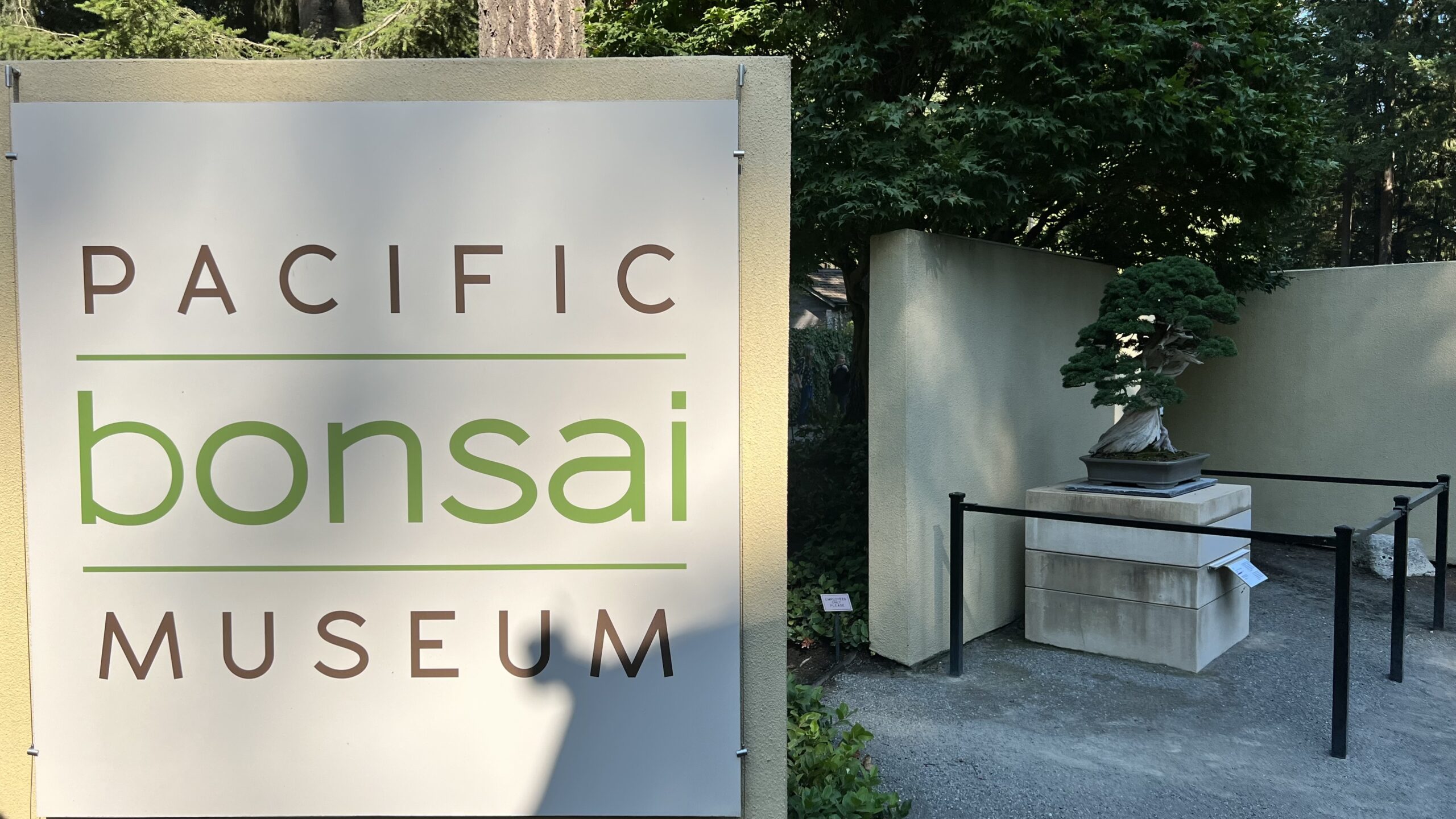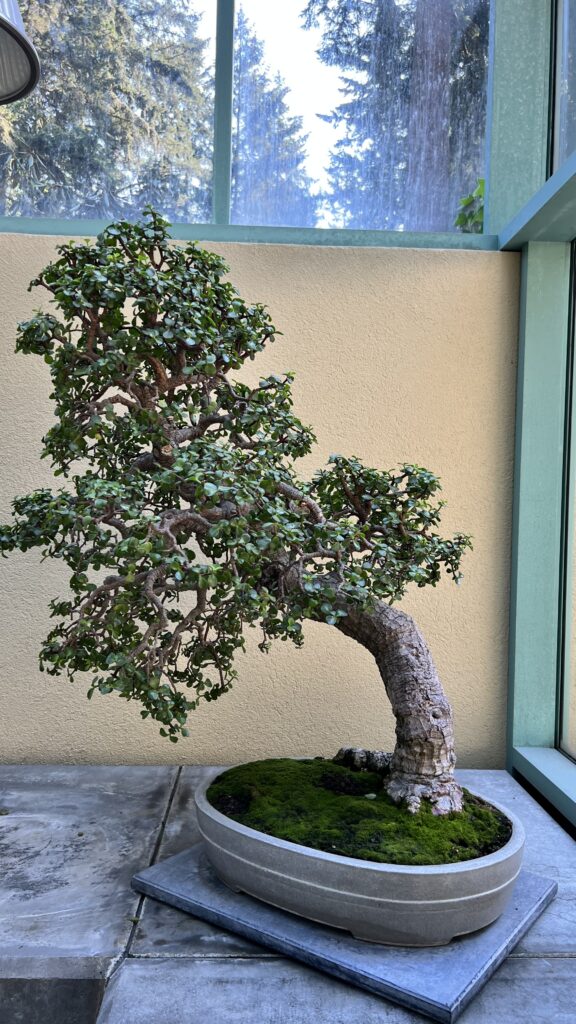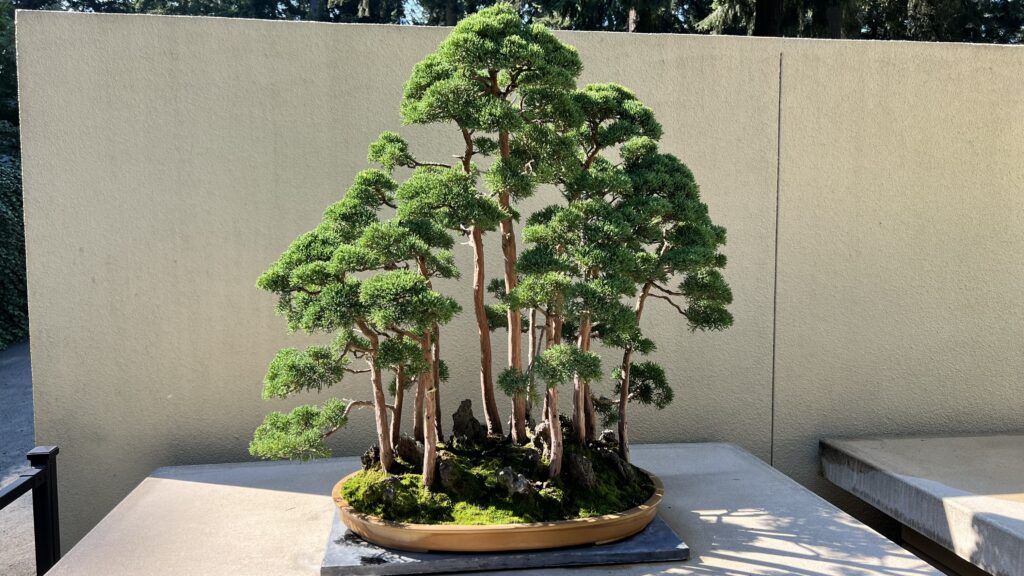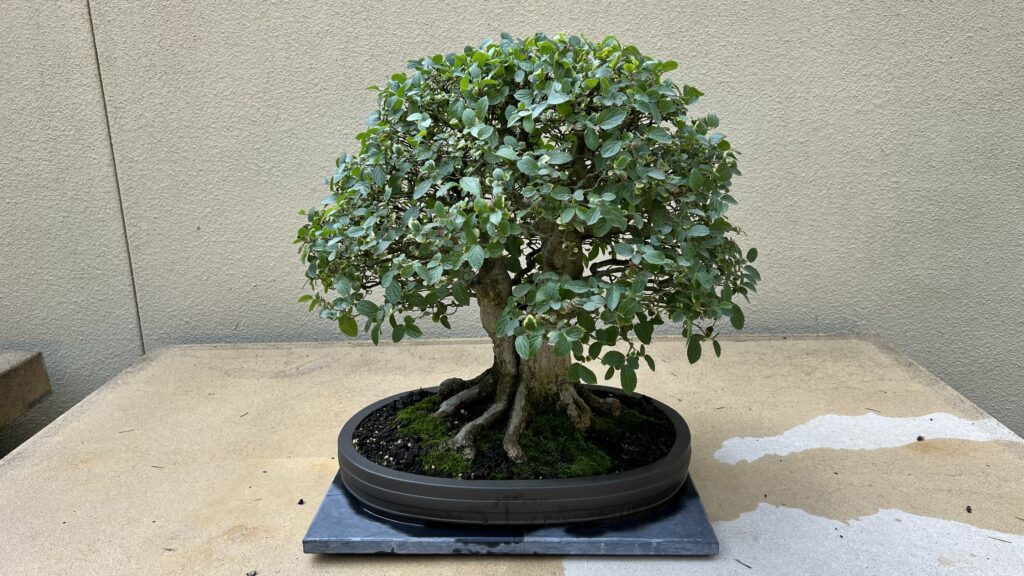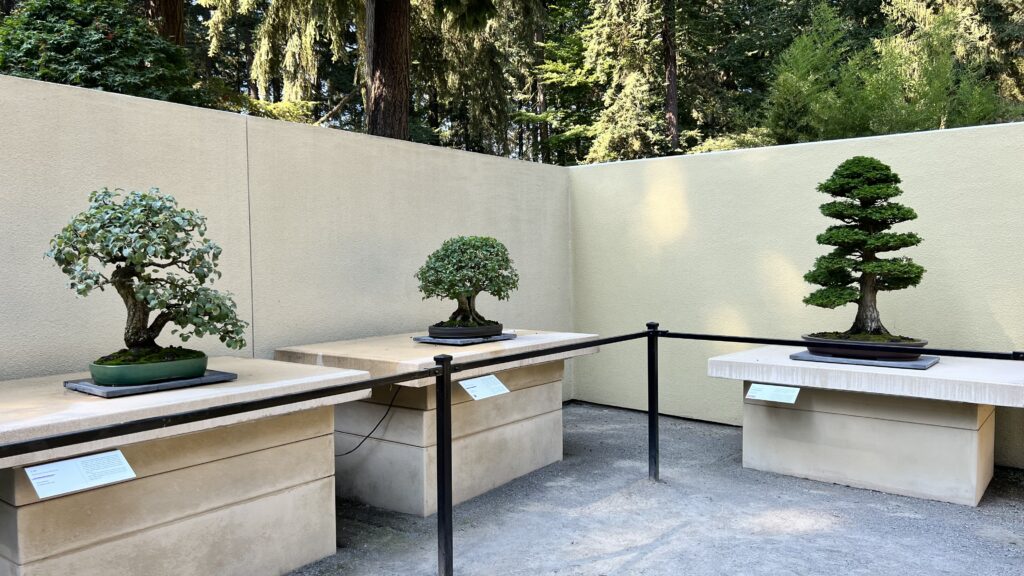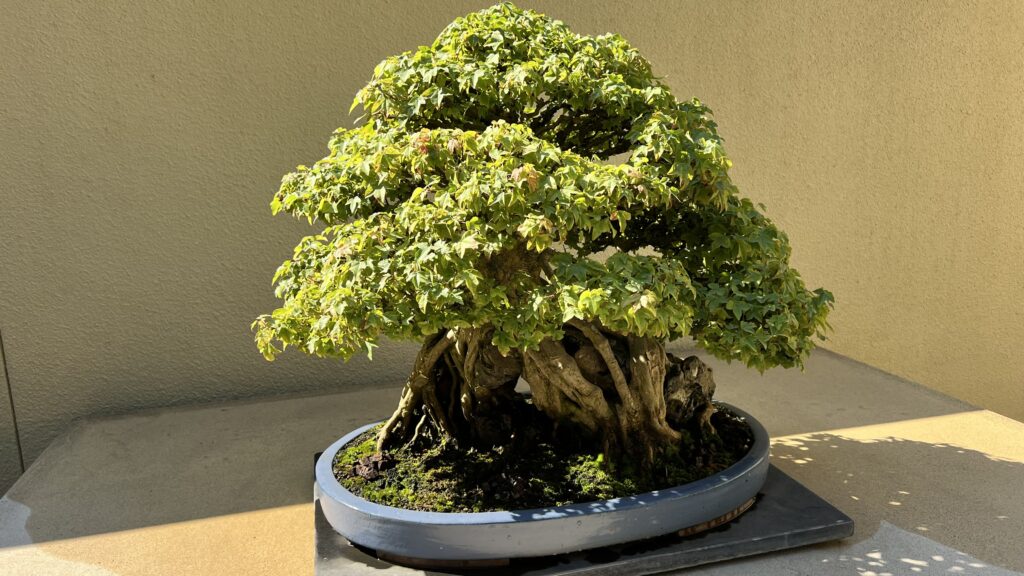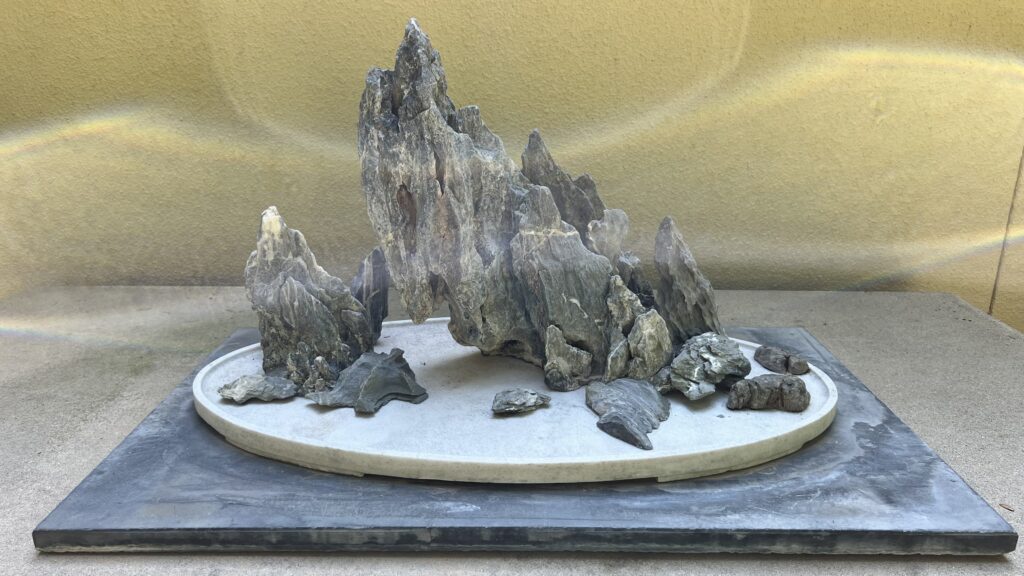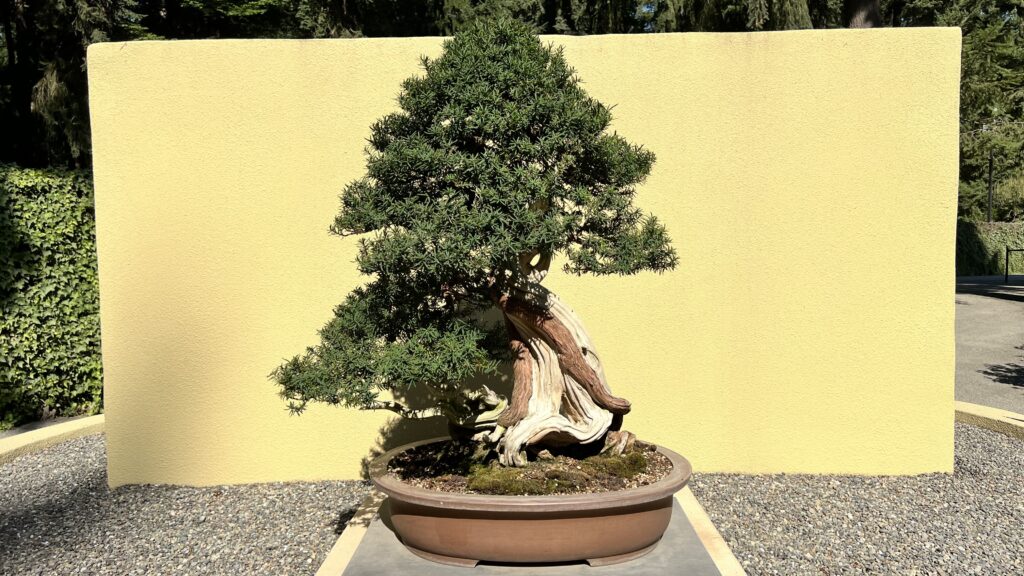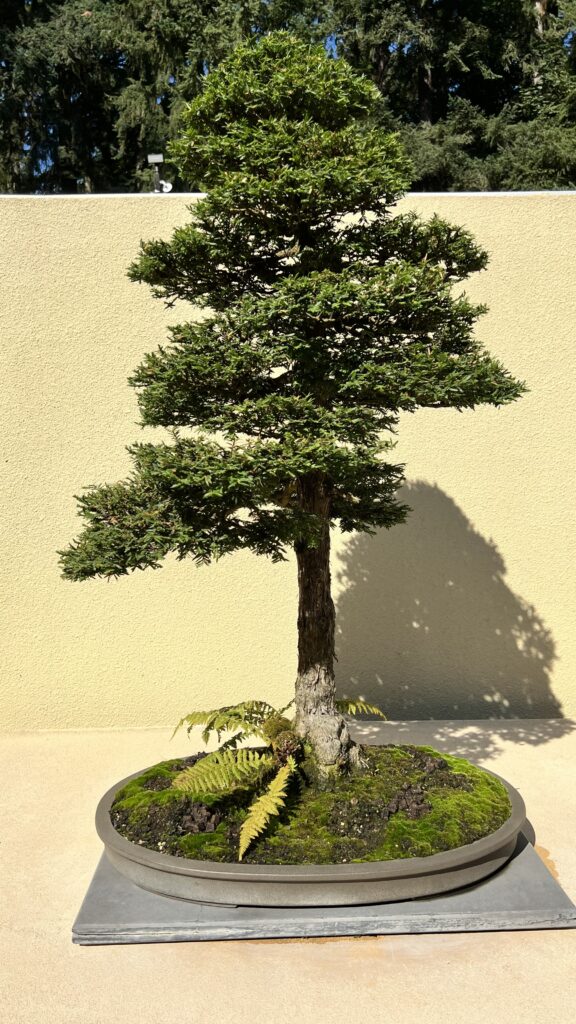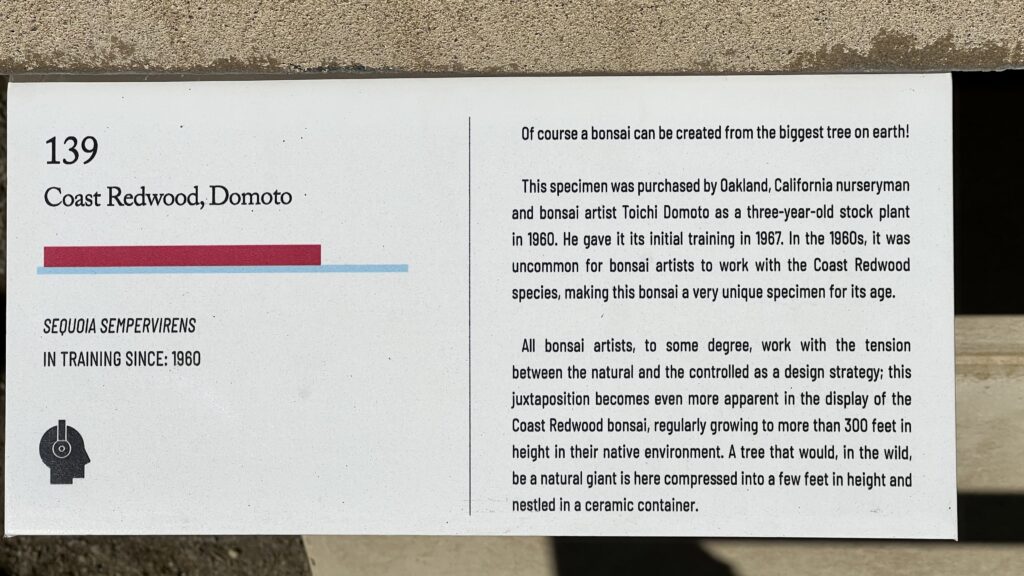Pacific Bonsai Museum
In the picturesque town of Federal Way, Washington, the Pacific Bonsai Museum is a serene haven dedicated to the ancient art of bonsai. This extraordinary museum, with its meticulously curated collection and stunning natural surroundings, offers visitors a unique opportunity to explore the beauty, history, and cultural significance of bonsai trees. In this blog, we will delve into the origins of the Pacific Bonsai Museum, the diverse and exquisite collection it houses, and the enriching experiences it offers to all who visit.
The Genesis of the Pacific Bonsai Museum
The Pacific Bonsai Museum owes its existence to the vision and generosity of the late Weyerhaeuser Company CEO, George Weyerhaeuser. In 1989, Weyerhaeuser established the bonsai collection as a part of the company's Corporate Headquarters campus in Federal Way, marking the centennial of the company's founding. The collection was initially known as the Weyerhaeuser Pacific Rim Bonsai Collection, reflecting its focus on bonsai trees from countries and cultures around the Pacific Rim.
Weyerhaeuser's passion for bonsai and his desire to share this art form with the public led to the creation of a world-class collection that would educate and inspire visitors. In 2013, following the relocation of Weyerhaeuser's corporate headquarters, the collection was transitioned to a non-profit organization and renamed the Pacific Bonsai Museum. Today, the museum continues to thrive, thanks to the dedication of its staff, volunteers, and the support of bonsai enthusiasts worldwide.
The Art and Science of Bonsai
Bonsai, which translates to "planted in a container" in Japanese, is an ancient horticultural art form that involves cultivating and shaping miniature trees to create a representation of nature in a small, confined space. The practice of bonsai originated in China over a thousand years ago and was later refined and popularized in Japan. Bonsai artists use a variety of techniques, including pruning, wiring, and root reduction, to create and maintain the intricate shapes and forms of the trees.
The Pacific Bonsai Museum showcases the artistry and craftsmanship involved in bonsai cultivation, providing visitors with an opportunity to appreciate the meticulous care and dedication required to create these living masterpieces. The museum's collection features trees that range from a few years old to several centuries in age, each with its own unique story and character.
Exploring the Collection
The Pacific Bonsai Museum boasts a diverse collection of over 150 bonsai trees, representing a wide array of species and styles. The collection includes trees from Japan, China, Korea, Taiwan, Canada, and the United States, highlighting the global nature of bonsai art and the cultural exchange that has shaped its development. The trees are displayed in outdoor pavilions and rotating exhibitions, allowing visitors to experience the beauty of bonsai in a natural setting.
- Notable Trees in the Collection
Yamaki Pine: One of the most historically significant trees in the collection is the Yamaki Pine, a Japanese white pine (Pinus parviflora) that survived the atomic bombing of Hiroshima in 1945. This resilient tree, gifted to the United States by the Yamaki family, serves as a symbol of peace and friendship between Japan and the United States. - Chinese Elm: The museum's Chinese Elm (Ulmus parvifolia) is a striking example of the informal upright style of bonsai, with its gracefully curving trunk and finely textured foliage. This tree, over 100 years old, exemplifies the elegance and refinement characteristic of traditional Chinese bonsai.
- California Juniper: The rugged and dramatic form of the California Juniper (Juniperus californica) showcases the natural beauty and resilience of this native American species. The twisted and gnarled trunk of this bonsai tells a story of survival in the harsh conditions of its native habitat.
- Trident Maple: The Trident Maple (Acer buergerianum) is a classic example of deciduous bonsai, known for its vibrant autumn foliage and finely detailed branching. This tree, with its smooth bark and delicate leaves, demonstrates the artistry involved in creating and maintaining a bonsai over many decades.
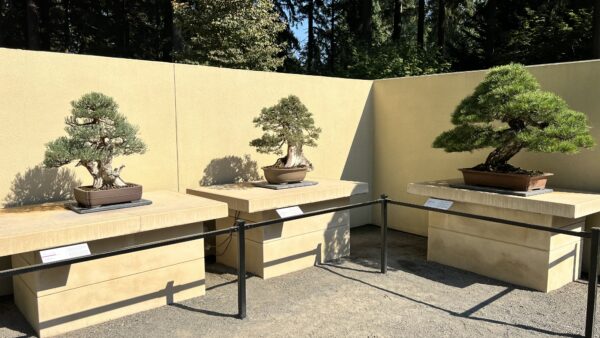
Themed Exhibitions
In addition to its permanent collection, the Pacific Bonsai Museum hosts rotating themed exhibitions that explore various aspects of bonsai art and culture. These exhibitions provide fresh perspectives on the collection and highlight the versatility and creativity of bonsai artists. Recent exhibitions have included themes such as "Living Art of Bonsai," "Decked Out: From Scroll to Skateboard," and "World War Bonsai: Remembrance and Resilience."
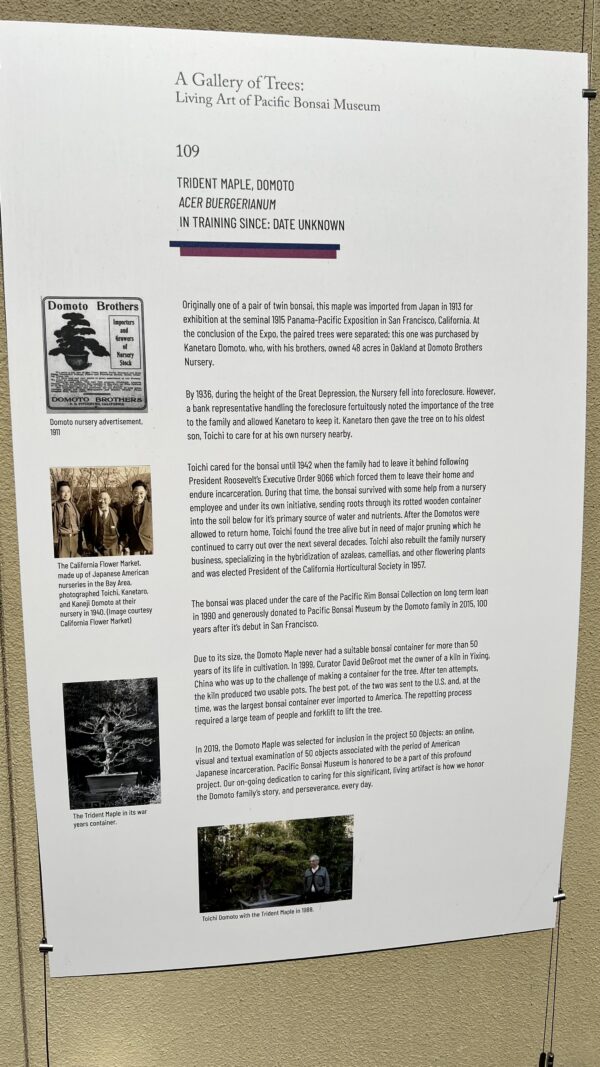
Educational Programs and Events
The Pacific Bonsai Museum is committed to promoting the appreciation and understanding of bonsai through a variety of educational programs and events. The museum offers workshops, lectures, and demonstrations led by expert bonsai artists and horticulturists, providing visitors with hands-on learning experiences and insights into the techniques and philosophies behind bonsai cultivation.
For those interested in deepening their knowledge of bonsai, the museum's docent-led tours offer an in-depth exploration of the collection and the history of bonsai. These tours provide valuable context and background, enhancing the visitor experience and fostering a greater appreciation for the art form.
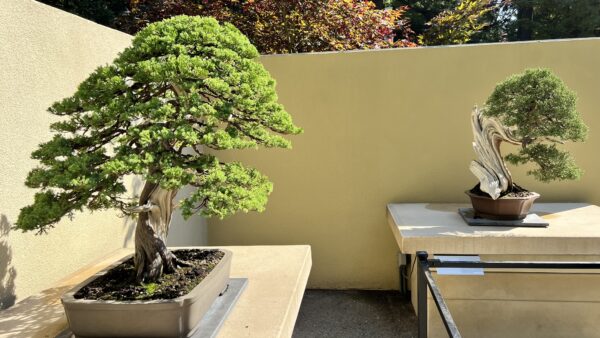
Connecting with Nature and Art
One of the most compelling aspects of the Pacific Bonsai Museum is the way it connects visitors with both nature and art. The serene and contemplative setting of the museum, nestled within a forested landscape, creates a sense of tranquility and reflection. As visitors wander through the pavilions and gardens, they are invited to slow down, observe, and appreciate the intricate beauty of the bonsai trees.
The museum's integration of art and nature encourages visitors to see the natural world through a different lens, recognizing the artistry inherent in the shapes and forms of the trees. This connection between art and nature fosters a deeper understanding of the environment and inspires a sense of stewardship and conservation.

Supporting the Museum
The Pacific Bonsai Museum relies on the support of its community to continue its mission of preserving and promoting the art of bonsai. Visitors can support the museum through membership, donations, and volunteering. Membership provides exclusive benefits, including free admission, discounts on workshops and events, and invitations to members-only previews and receptions.
Volunteers play a crucial role in the operation of the museum, assisting with everything from garden maintenance to educational programming. By contributing their time and skills, volunteers help ensure that the museum remains a vibrant and welcoming space for all.
The Pacific Bonsai Museum is a true gem of the Pacific Northwest, offering a unique and enriching experience for visitors of all ages. Through its stunning collection, educational programs, and serene natural setting, the museum provides a window into the world of bonsai and the timeless beauty of these living works of art. Whether you are a seasoned bonsai enthusiast or a curious newcomer, a visit to the Pacific Bonsai Museum is sure to leave you inspired and captivated by the artistry and wonder of bonsai. Plan your visit today and discover the magic of the Pacific Bonsai Museum.

